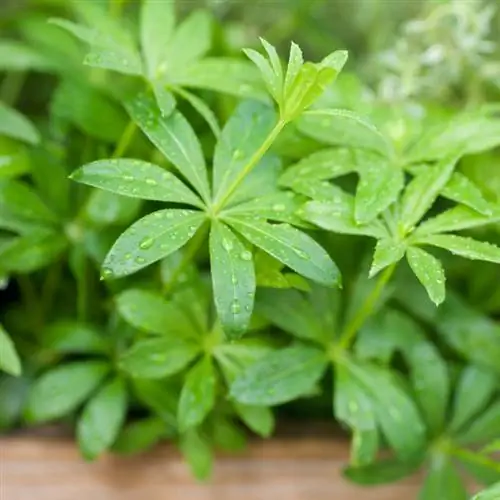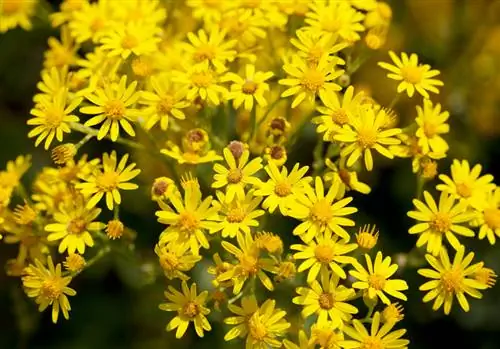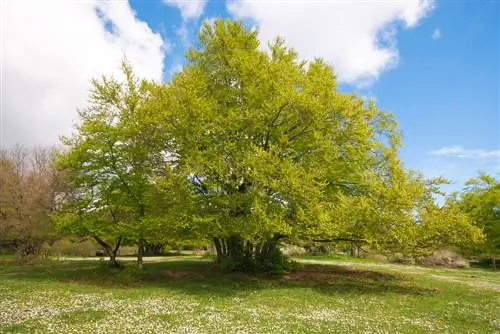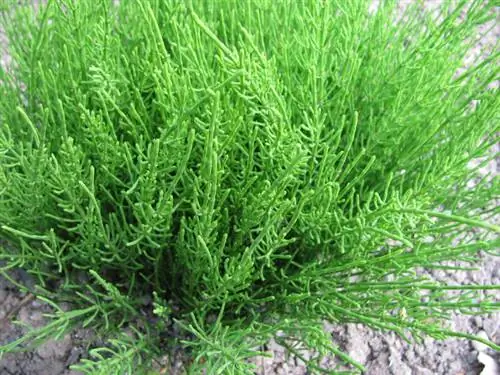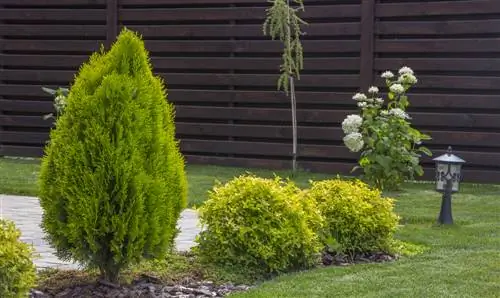- Author admin [email protected].
- Public 2023-12-16 16:46.
- Last modified 2025-01-23 11:22.
A sick spruce tree usually shows very clearly that it is not doing well. In this guide you will find out which characteristics characterize a damaged spruce tree and which diseases and pests are mainly responsible.
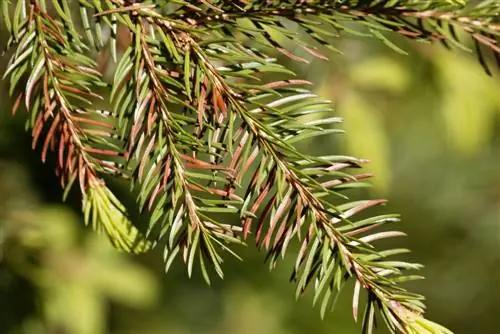
What characteristics does a diseased spruce have?
Characteristics of a diseased spruce include premature thinning, disheveled appearance, yellowed needles and top damage. Common diseases include spruce needle rust and spruce needle scab, while pests such as bark beetle, large brown weevil and nun can attack the tree.
How can you recognize a sick spruce?
The four characteristic features of a diseased spruce are:
- Lighting: Massive loss of needles occurs prematurely, which may also expose the trunk. For comparison: a he althy spruce retains its needles for seven to ten years.
- Disarray: The spruce tree looks disheveled. Its branches seem to be criss-crossed. This is because some buds no longer sprout, while other shoots grow more vigorously.
- Yellowed needles: The spruce needles appear yellowish to brownish.
- Top damage: The spruce tops are dry and break easily.
What diseases occur in a spruce tree?
The following two diseases in particular are observed more frequently in connection with spruce:
- Spruce needle rust: Rust fungi from the genus Chrysomyxa cause problems for the spruce. You can recognize an infestation by the needles, which are yellowish in color and have empty, membranous spore beds.
- Spruce needle scab: With this fungal disease, the needles of the spruce usually initially turn brownish before the elongated black fruiting bodies ripen around them. The spruce needle scab usually forces the diseased spruce tree to be thinned out.
Is the spruce tree susceptible to pests?
Yes, the spruce serves as a host plant for many insects, especially numerous species of bark beetles. Particularly noteworthy here arethe book printer and the engraver - in contrast to their counterparts, they can also attack and damage vital, i.e. not previously damaged, spruce trees.
These pests are also threatening to the he alth of the spruce:
- Big brown weevil
- Nun
- Spruce sawfly
- Sitka spruce louse
- Green spruce gall louse
Tip
Think carefully about rescue measures
Since a sick spruce often only shows its symptoms in the advanced stages of the damage, it is generally difficult to save it. It is advisable to decide on a case-by-case basis whether certain measures still make sense - both for the affected tree and with regard to the environment.


